Nevsehir (Cappadocia)
When Nevşehir became a village called Muşkara, after it started to become a city, it took its present name in 18 century in the sense of Ottoman "new city".
Nevşehir was converted into a province on 20 July 1954 by Law No. 6429. Mucur, Avanos, Hacıbektaş (in 1945), connected to Kırşehir and Ürgüp in Kayseri (in 1935), Arapsun in Nigde (named Gülşehir in 1948) was introduced. The villages of Kozaklı and Hamamorta were connected to Nevşehir as a district under the name of Kozaklı. In 1957, the city was re-built. He left Nevsehir with Mucur. Derinkuyu, which was previously a district center known as Melegübü, became a district on April 1, 1960. The town of Acıgöl became the district on 4 July 1987.
During the reign of Roman Emperor Augustus, Strabon wrote 17 books in the book ve Geographika da (Anatolia XII, XIII, XIV). Today's Cappadocia Region is the area covered by Nevşehir, Aksaray, Niğde, Kayseri and Kırşehir. The rocky area of Cappadocia, which is a narrower area, consists of Uchisar, Goreme, Avanos, Urgup, Derinkuyu, Kaymakli, Ihlara and its surroundings.
Rock structure:
Erciyes, Hasandagi and Göllüdağ in the Cappadocia Region were active volcanics in geological periods. The eruption of other volcanoes along with this volcano began in the Upper Miocene (10 million years ago) and continued until the present day (from the volcanoes). Thickness of the tuff layer of different hardness. There are geological rocks such as tuff, ignimbrite tuff, lahar, volcanic ash, clay, sandstone, marl agglomerate and basalt in tulle. Starting from the Upper Pliocene, Kızılırmak and the lakes have eroded this tuff layer.Formation of Fairy Chimneys:
Interesting formations called 'Peribacası' emerged due to erosion of the floods and wind and tuffs coming down from the valley slopes. Flood waters finding their way in vertical matches caused the hard rocks to crack and break. In the lower parts, the slope was regressed by the deep carving of the materials, which were worn more easily, so that the hats located in the upper parts and conical shaped bodies which were protected from abrasion were formed. It is mostly located in the vicinity of Urgup. The body consists of tuff, tuffite and volcanic ash; the hat part consists of hard rocks such as lahar and ignimbirit. In other words, the rock type forming the hat is more durable than the rock community forming the body. This is the first condition for the formation of the chimneys. Due to the resistance of the rock in the hat, the fairy chimneys are long or short-lived. The types of fairy chimneys in the Cappadocia region; capped, conical, mushroom-shaped, columnar and pointed rocks. Peribacaları most intense in the valleys between Urgup-Avanos triangle in the region, between the town of Urgup Sahinefendi Nevsehir Çat around the town, Kayseri Soğanlı valley and Aksaray near the village of Selime. The color harmony seen on some slopes is due to the heat difference of the lava layers. These occurrences are observed in Uçhisar, Çavuşin, Güllüdere, Göreme, Meskendir, Ortahisar Kızılçukur and Pancarlı valleys.
Interesting regions of the region:
Goreme, Kaymakli Underground City, Derinkuyu Underground City, Zelve, Uchisar, Ortahisar, Avanos, Urgup, Ihlara Valley, Salt Lake, Agzikarahan Caravanserai


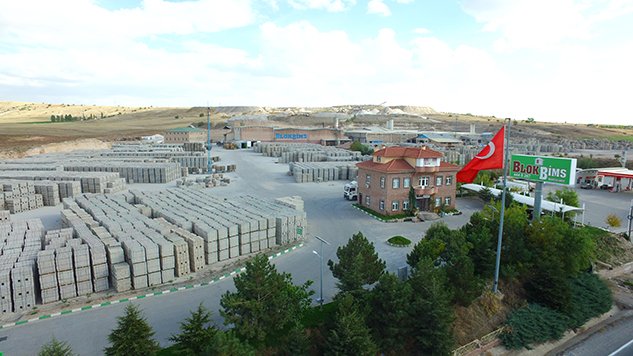
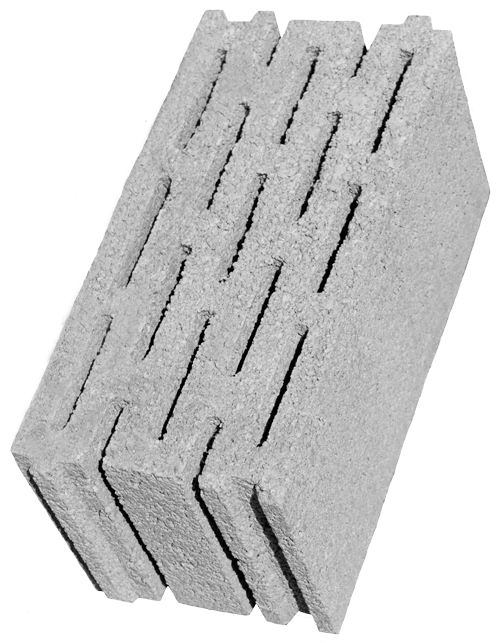
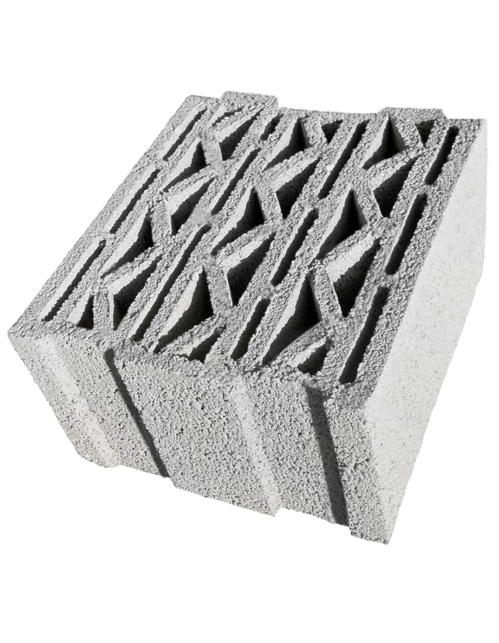
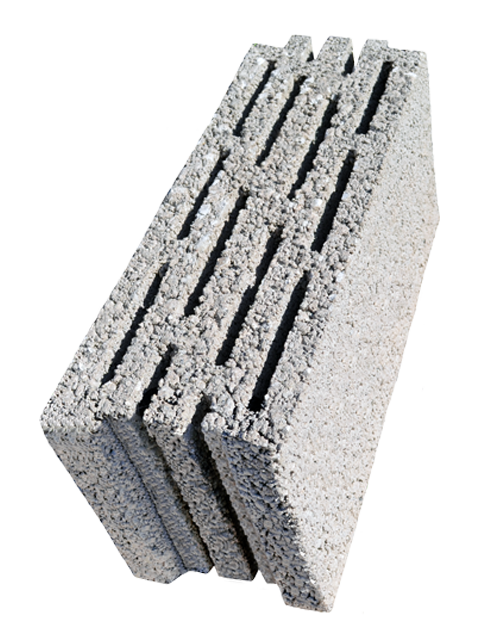
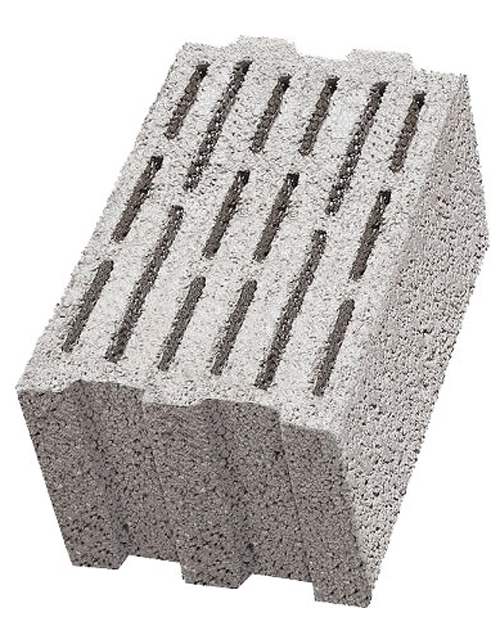
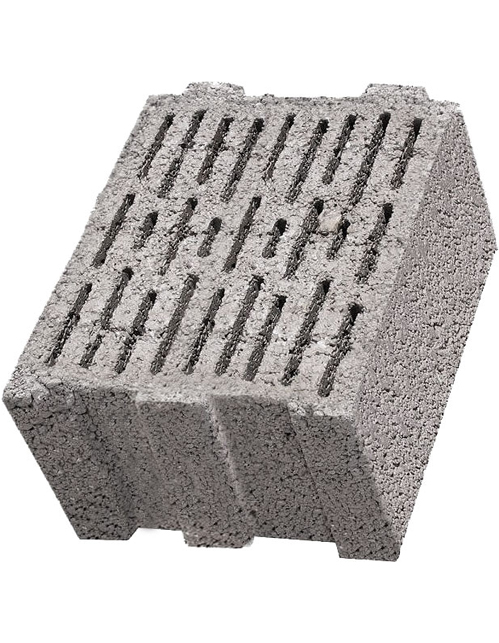
 organization. All rights reserved.
organization. All rights reserved.